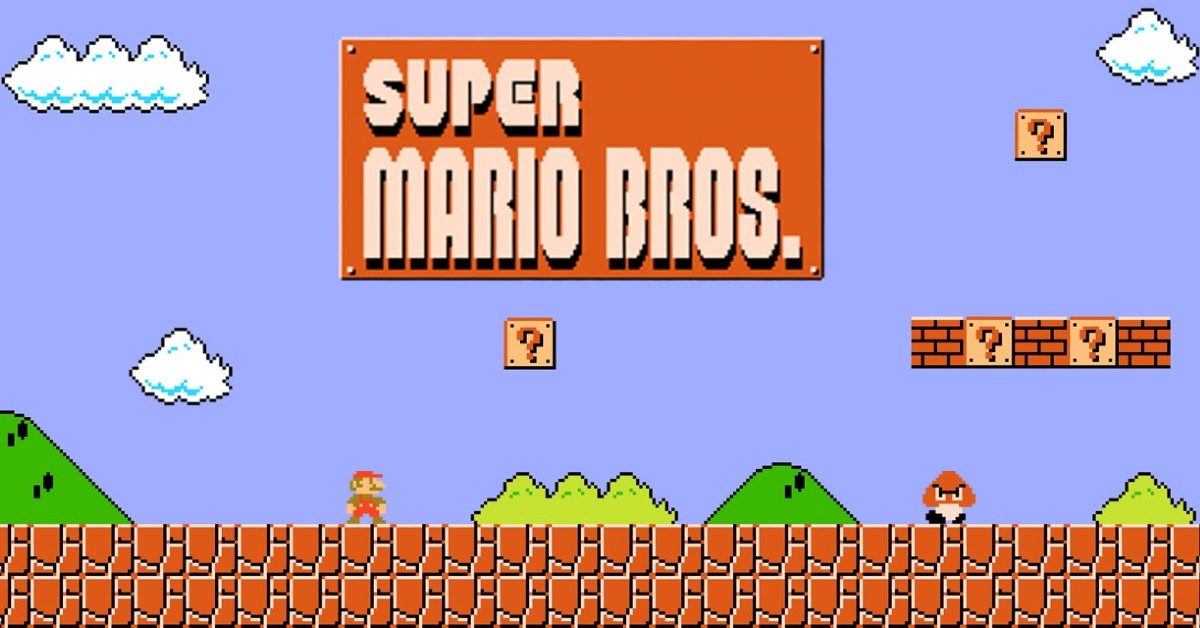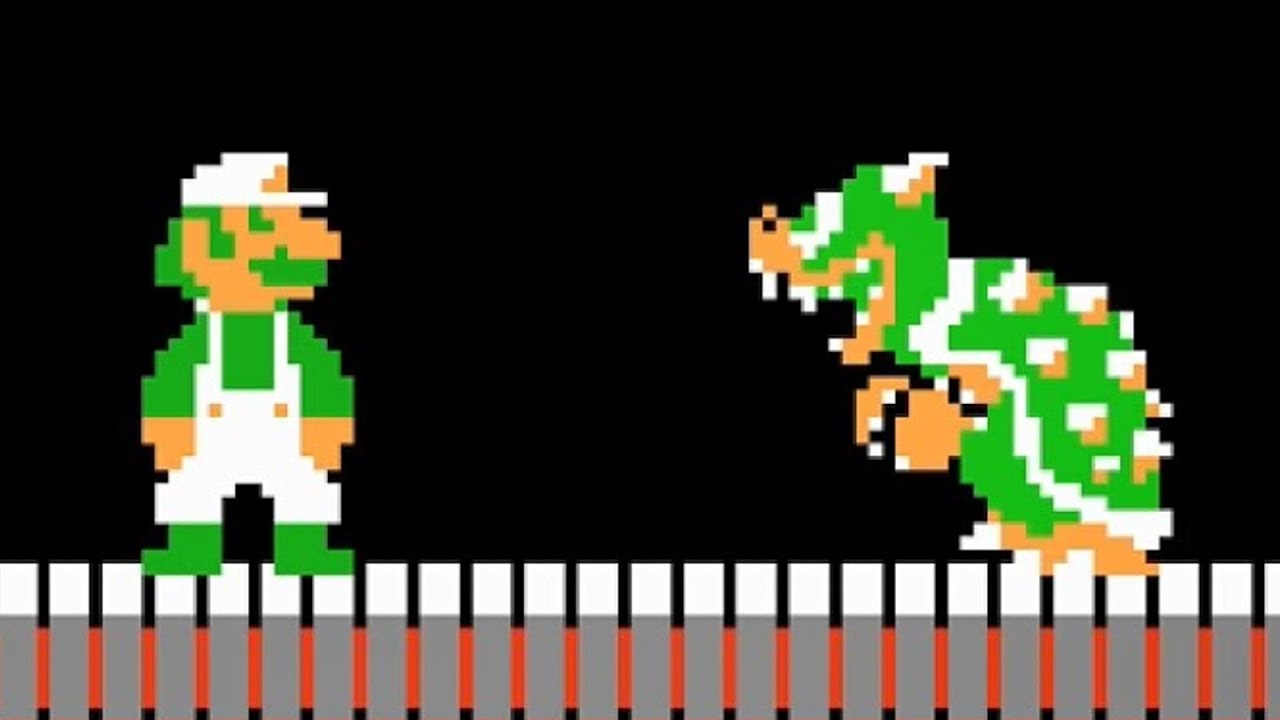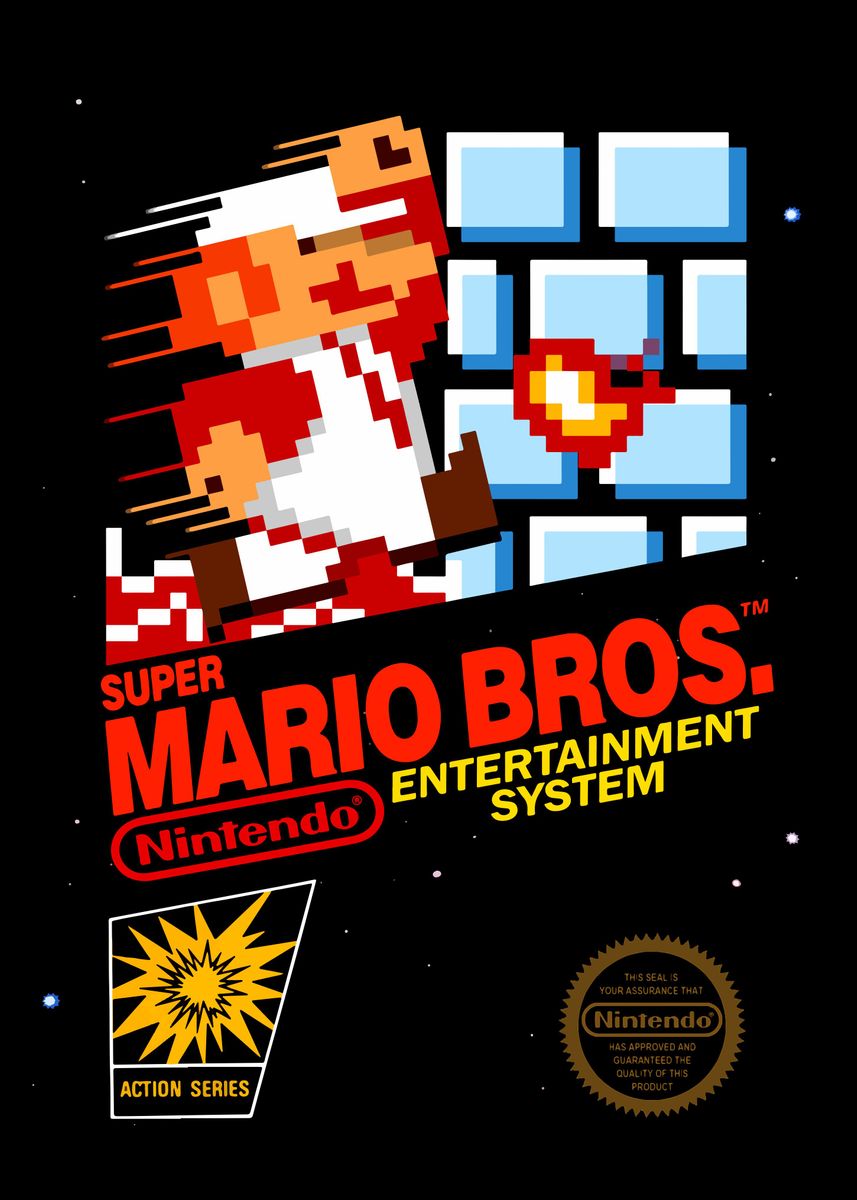Super Mario Bros.: Stories, Facts, And Trivia You Didn't Know About The Video Game

Released in 1985, Super Mario Bros. began as the last gasp of the cartridge era for Nintendo and became the game by which everything that followed was measured. Mario has had three decades of monumental success, with a movie, a few cartoons, and of course, a myriad sequels that have kept players glued to their consoles. How this simple 2-D platformer came to life and inspired pretty much every game for the next 35 years is the story of a small group of creatives who poured all of their talent into 31 kilobytes of data while turning glitches and limitations into part of the gameplay.
The Real Mario Map
Growing up in the Japanese town of Sonobe, a rural town northwest of Kyoto, Mario creator Shigeru Miyamoto was fond of two things: expeditions into the countryside and drawing. He told NPR:
I spent a lot of my time playing in the rice paddies and exploring the hillsides and having fun outdoors. When I got into the upper elementary school ages—that was when I really got into hiking and mountain climbing. There's a place near Kobe where there's a mountain, and you climb the mountain, and there's a big lake near the top of it. We had gone on this hiking trip and climbed up the mountain, and I was so amazed.
It was landscapes like these that inspired the different levels and worlds of his two most famous franchises, Super Mario Bros. and The Legend of Zelda. He actually initially wanted to draw manga, but when he fell into game design at Nintendo, he found it to be the perfect medium to recreate the vastness of Sonobe. He even used his swimming experience as a frame of reference for the underwater scenes of Super Mario 64.

(Nintendo)
The Anonymous Tradesman
When he initially appeared as the protagonist of Donkey Kong, Mario was just called "Jumpman" because, well, he jumped and he was a man. Due to graphical limitations, he was just a little guy with a hat instead of hair and a mustache so designers didn't have to create a nose. When it came time to give him a name, Miyamoto deferred to Nintendo's U.S. office. At the time, the company wasn't doing so well, but their landlord, Mario Segale, gave them a break, and a star was born.
But Mario could have been named anything; to Miyamoto, he was just a blue-collar guy doing his job. In fact, Mario is a bit of a jack of all trades:
In Donkey Kong, Mario was actually a carpenter, and he was working on a building, and then the next game we made after that was a game called Mario Bros., and that was a game that was set in the sewers, and the pipes were green, and there were turtles coming out of the pipes. And so we thought, in this game, it would make sense that Mario would be a plumber because of all the pipes. And so that's where the plumber came from. But my vision of Mario has always been that he's sort of representative of everyone. He's kind of a blue-collar hero. And so that's why we chose these roles for him that were things like carpenters and plumbers.

(Nintendo)
Behind The Curtain
Have you ever wondered why the characters in Super Mario Bros. are content to race one another in go-karts or fight in a tag team against characters from Metroid in Super Smash Bros? That's because they're not really enemies. Drawing on the comics of his youth, Miyamoto feels that the characters in Super Mario Bros. are more like a "troupe of actors" than enemies, which is why there's a curtain at the beginning of Super Mario Bros. 3:
If you're familiar with things like Popeye and some of the old comic characters, you would oftentimes see this cast of characters that takes on different roles depending on the comic or cartoon. They might be businessman in one [cartoon] or a pirate in another. Depending on the story that was being told, they would change roles. So, to a certain degree, I look at our characters in a similar way and feel that they can take on different roles in different games.

(YouTube/Nintendo)
Painstakingly Plotted
Before going into production on Super Mario Bros., the entire game was drawn out by hand on graph paper to determine what each pixel had to be. If they made a mistake, the designers didn't use Wite-Out—they placed opaque tracing paper on top of the level and made their corrections. It was an arduous way to work, but it created an incredibly detailed game. The first level created was actually the second level, drawn by Miyamoto, and then his designers created an easier version for World 1-1.

(Nintendo)
The Enemy Who Almost Wasn't
One of the most recognizable enemies of Super Mario Bros. is the Goomba, a little mushroom-looking creep that you've got to stomp if you want to make it to the castle at the end of the level. Even though these ugly little weirdos pop up in pretty much every level of the game, they weren't added until the final design stage. Takashi Tezukam, an executive at Nintendo who worked on games like Super Mario and The Legend of Zelda, explained:
[The game] actually only had Koopa Troopas. Then when we got people to play the game, they would say that it was quite tricky to encounter Koopa Troopas at the very start ... So we decided that that we should make an enemy that you could easily squash with a single blow. That's why we made it so that the first enemy the player would encounter would be a Goomba. But we created it right at the very end.
In fact, by the time the team got around to adding the characters, they realized they were out of memory. To get around that, they created a single static image that's animated simply by being flipped back and forth.

(Nico Hofmann/Wikimedia Commons)
Doo Doot Doot
Composer Koji Kondo has done more for the world of orchestral composition than anyone since that Beethoven guy. Even if you don't know his name, if you've played a video game over the last three decades, you've felt his influence. Kondo composed the music for Super Mario Bros. and multiple iterations of Legend of Zelda, two franchises that have some of the most memorable music of the 20th century. The overworld theme of Super Mario Bros. is so catchy that it even made a Beatle sit up and take notice. Kondo said that when he was introduced to Paul McCartney, the famous hitmaker got so excited that he sang the melody to its composer right then and there.

(Buena Vista Pictures)
Dustin Hoffman As ... Mario?
In the '90s, film and game companies weren't totally sure how to translate something playable to the big screen, but they did know it would make a lot of money. That's how we ended up with the Super Mario Bros. movie, but before anyone knew how bad it was going to be, Rain Man star Dustin Hoffman campaigned tirelessly for the lead role. Unfortunately, the former president of Nintendo of America, Minoru Arakawa, just didn't see him as a pixelated plumber, and when the film was released in 1993, it was a gritty dystopian sci-fi thing starring Bob Hoskins. He did his best, but it could have been a two-time Academy Award–winner in the red suit.

(Nintendo)
Record-Breaking Sales
If you're old enough to remember buying Super Mario Bros. in stores, you might want to start cleaning out your garage. In 2020, a rare version of the Nintendo cartridge, sealed in a black box and packaged with a cardboard hang tab, sold for $114,000 at auction, the most ever paid for a video game. (Later versions of the game didn't feature the cardboard hang tab, which is why this variant is such a valuable collector's item.) It's likely that if this had been any other game, it wouldn't have sold for so much, but Super Mario Bros. is such a huge part of our culture that people will pay top dollar to own a small piece of its history.
No comments: